Disclosure: This article contains affiliate links. We may earn a commission from purchases at no extra cost to you, which helps our travel content.
The first light of dawn breaks over the Spokane River as it cuts through Post Falls, Idaho, revealing a landscape that feels both wild and intimate. As someone who's spent countless hours documenting the Rio Grande's changing moods, I've developed a sixth sense for places where water and land create magic. Post Falls might not make the typical photographer's bucket list, but after a spontaneous detour during my Pacific Northwest conservation project, I discovered a budget-friendly photographer's playground that rivals destinations with far more recognition.
Finding Your Frame: Post Falls' Essential Photo Locations
Post Falls exists in that perfect sweet spot for photographers—developed enough for accessibility but wild enough to feel like discovery. The crown jewel is undoubtedly Q'emiln Park (pronounced Ka-mee-lin), where basalt cliffs create dramatic backdrops against the Spokane River's flow. I arrived before sunrise, headlamp illuminating the trail as I navigated to the overlook points. The park offers multiple vantage points where morning fog often clings to the water's surface, creating ethereal conditions for landscape photographers.
Falls Park downtown provides the industrial-meets-nature contrast that I'm always hunting for—the historic dam infrastructure juxtaposed against rushing waters tells the story of human interaction with these powerful systems. For wildlife photographers, the Treaty Rock area hosts impressive bird activity, particularly in spring when migratory species return. I spent two hours one morning with my telephoto lens capturing a family of osprey fishing the river shallows, their precise dives reminiscent of the herons I used to photograph along the Rio Grande.
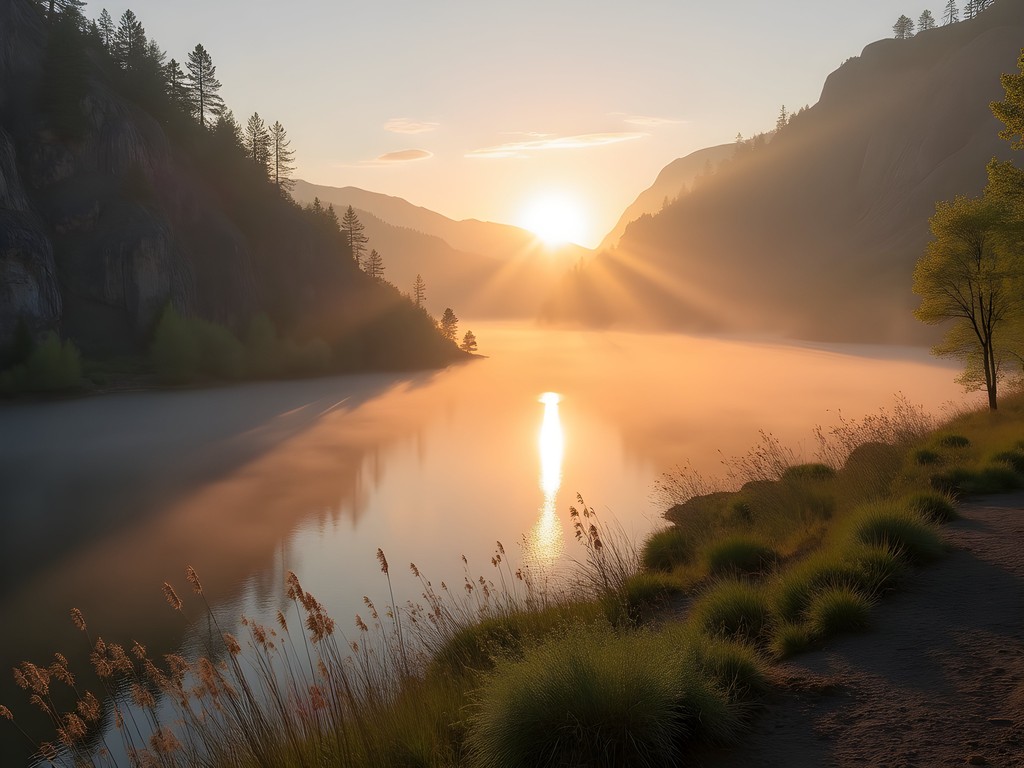
💡 Pro Tips
- Visit Q'emiln Park at dawn for the best light and fewest people
- Bring a polarizing filter to cut glare on the water's surface
- Pack microfiber cloths to protect gear from inevitable spray near the falls
Seasonal Splendor: Spring's Photographic Gifts
Spring in Post Falls offers a visual buffet that most photographers dream of—the perfect combination of rushing waters, emerging wildflowers, and dramatic skies. The snowmelt-fed Spokane River runs high and mighty, creating dynamic conditions for long-exposure photography. I found myself returning repeatedly to the viewpoints below the dam, where the interplay of churning water and smooth stone creates compositions that feel both chaotic and perfectly balanced.
Wildflower photography reaches its peak in late April through May. The hillsides around Q'emiln Park and the Conservation Area burst with arrowleaf balsamroot (those stunning yellow sunflower-like blooms), lupine, and paintbrush. For macro enthusiasts, these flowers against the backdrop of basalt rock create compelling foreground interest with the river valley beyond.
Spring storms in the region deliver the dramatic skies that landscape photographers crave. I always keep my weather radio handy to track approaching systems, often racing to viewpoints as storms clear for those magical moments when light breaks through clouds over the landscape.
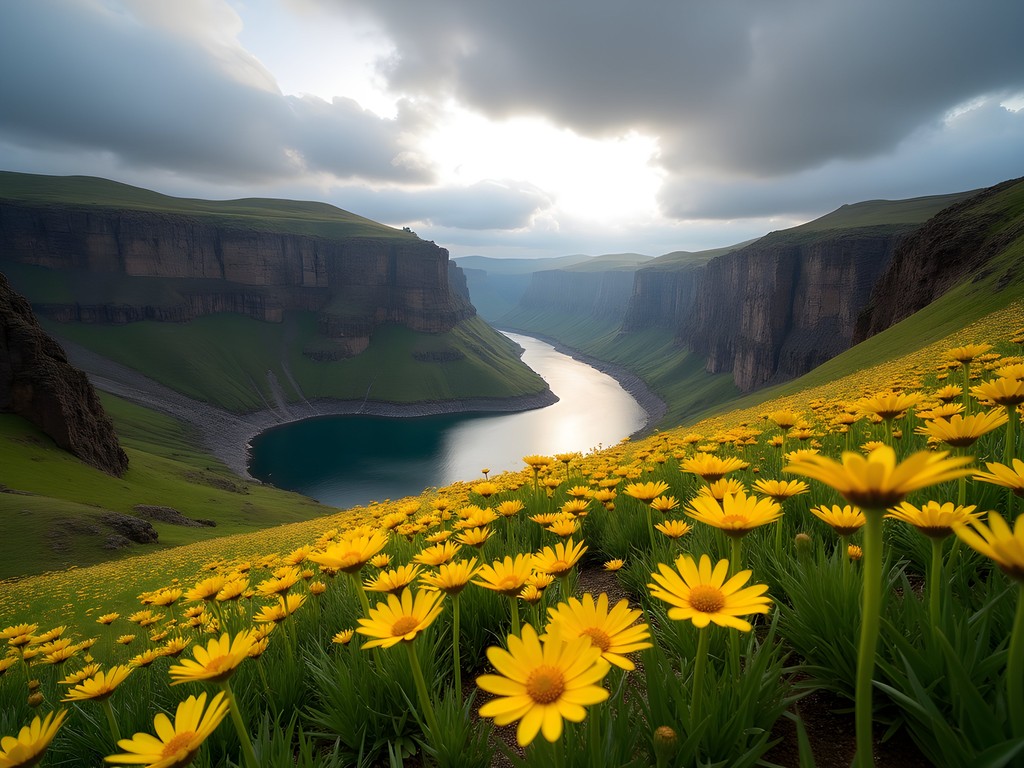
💡 Pro Tips
- Use a graduated ND filter to balance bright skies with darker foregrounds
- Shoot wildflowers in early morning when winds are calmest
- Monitor weather forecasts closely for clearing storm opportunities
Budget-Friendly Base Camp: Logistics for Photographers
As someone who stretches every travel dollar to maximize time in the field, Post Falls offers refreshing accessibility for budget-conscious photographers. I based myself at the camping hammock sites in Q'emiln Park for just $15 per night—a steal considering the prime location that put me minutes from dawn shooting locations. The sites are basic but include fire rings and picnic tables, perfect for reviewing images on my laptop after a day of shooting.
For those preferring indoor accommodations, Post Falls has several reasonably priced motels along I-90, though I'd recommend staying on the south side of the interstate for quicker access to the river areas. Groceries from Super 1 Foods kept my food budget under $20/day with simple camp meals and coffee from my portable espresso maker—a luxury I justify by avoiding $5 coffee shop visits.
The proximity to Coeur d'Alene (15 minutes) and Spokane (30 minutes) means you can base yourself in Post Falls while expanding your photographic territory. I found the central location perfect for day trips to Tubbs Hill and Palouse Falls while returning to my affordable base camp each evening.

💡 Pro Tips
- Book Q'emiln Park camping sites in advance during peak spring weekends
- Use the park's clean shower facilities to stay refreshed while camping
- Consider weekday visits for significantly reduced photographer competition at prime locations
Conservation Through the Lens: Documenting Post Falls' Changing Ecosystem
My background in environmental litigation has taught me that photographs can be powerful evidence of both environmental degradation and successful conservation. Post Falls presents a fascinating case study in river system management, where the hydroelectric dam creates a complex relationship between human needs and ecological impacts.
The Spokane River faces challenges from historical mining pollution, warming temperatures, and water rights conflicts—issues that echo cases I've transcribed in courtrooms back in Texas. I spent one full day documenting the stark contrast between the managed flow below the dam and the more natural river sections upstream, capturing visual evidence of how flow rates impact riparian habitats.
For photographers interested in conservation storytelling, I recommend connecting with the Spokane Riverkeeper program, which welcomes volunteer photographers to help document water quality issues and restoration efforts. I joined their monthly water sampling outing, bringing my waterproof camera bag to protect gear while wading into collection sites. The resulting images not only enhanced my portfolio but will be used in their educational materials—photography with purpose beyond pretty pictures.
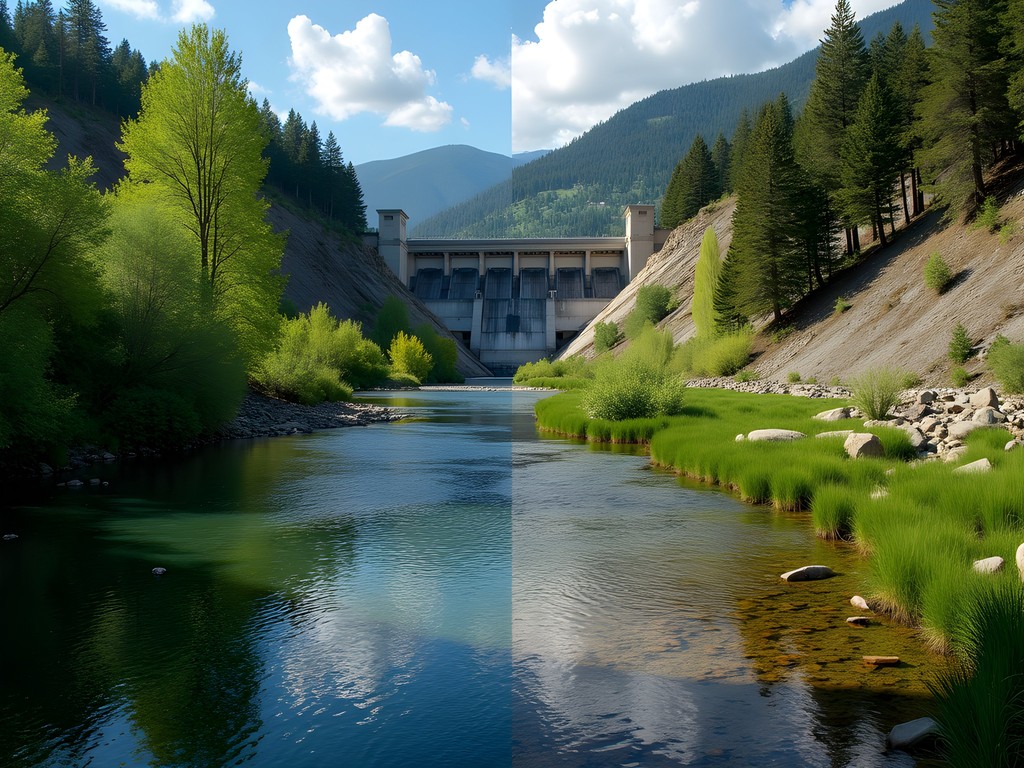
💡 Pro Tips
- Contact local conservation groups before your trip to arrange volunteer photography opportunities
- Document the same locations at different flow rates to show the dam's impact
- Include human elements in some environmental shots to tell the complete story of place
Gear Essentials for Post Falls Photography
The diverse shooting environments around Post Falls demand versatile yet minimal gear—perfect for my budget-conscious, backpack-only travel style. My core kit includes a weather-sealed mirrorless camera, 16-35mm wide angle for landscapes, and 70-300mm telephoto for wildlife and compression shots of the falls. A sturdy hiking tripod is non-negotiable for the low-light dawn/dusk shots and long exposures of moving water.
The microclimate around the falls creates challenging conditions for gear protection. I keep a silica gel dehumidifier in my camera bag to combat the constant moisture, and lens cloths are perpetually in use. For the more adventurous compositions, particularly those low angles near the water's edge, my camera rain cover has saved my gear multiple times from unexpected spray.
Navigation tools prove essential when exploring the less-traveled paths along the river. While cell service is generally good in Post Falls, I still download offline maps to my phone and carry a backup power bank to ensure I never lose GPS functionality while tracking down remote compositions. The combination of preparation and protection means I can focus on creating images rather than worrying about my equipment.

💡 Pro Tips
- Bring extra lens cloths—the spray from the falls creates constant moisture issues
- Use a polarizing filter to cut glare on water and enhance spring foliage colors
- Pack microspikes if shooting in early spring when trails can still have icy patches
Final Thoughts
As I packed up my gear on the final morning, watching mist rise from the Spokane River while an osprey circled overhead, I couldn't help but reflect on how Post Falls embodies everything I seek in a photography destination. It offers that rare combination of accessibility and wildness, budget-friendliness and visual richness, all without the crowds that plague more famous locations. The images captured here tell stories of ecological interconnection, of water's persistent power, and of a landscape in seasonal transition—stories that echo those I've documented from the Rio Grande to the Red River Valley.
For photographers willing to rise early, research deeply, and engage meaningfully with a place, Post Falls delivers rewards far beyond its modest reputation. Whether you're creating conservation-focused documentation or simply chasing beautiful light across dramatic landscapes, these waters and rocks offer endless compositions waiting to be discovered. Pack your gear, set your alarm for uncomfortably early, and come experience this underrated photographer's playground—just remember to tread lightly and leave only footprints (and perhaps share your images with local conservation groups who can put them to good use).
✨ Key Takeaways
- Spring offers the ideal combination of flowing water, wildflowers, and dramatic skies for diverse photography
- Budget-friendly camping at Q'emiln Park provides immediate access to prime shooting locations
- Conservation photography opportunities abound through local environmental organizations
- Early morning provides the best light and solitude at key photography spots
- The combination of natural and industrial elements creates unique visual storytelling opportunities
📋 Practical Information
Best Time to Visit
Mid-April through early June
Budget Estimate
$50-100/day including camping and food
Recommended Duration
3-4 days
Difficulty Level
Moderate
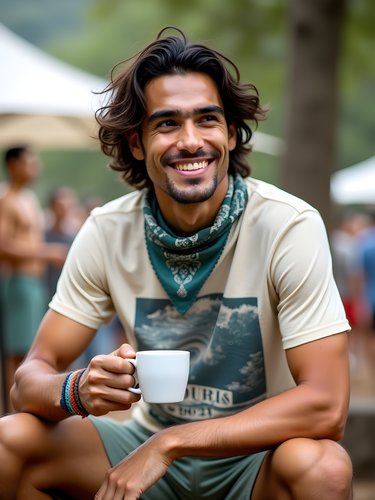

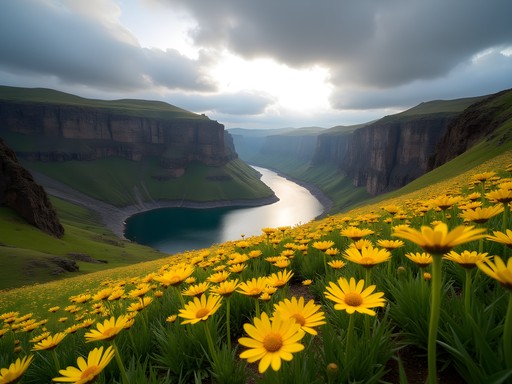

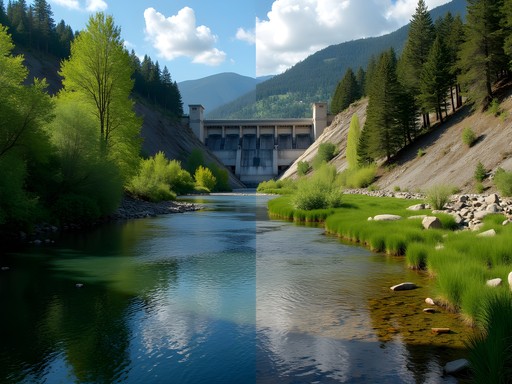
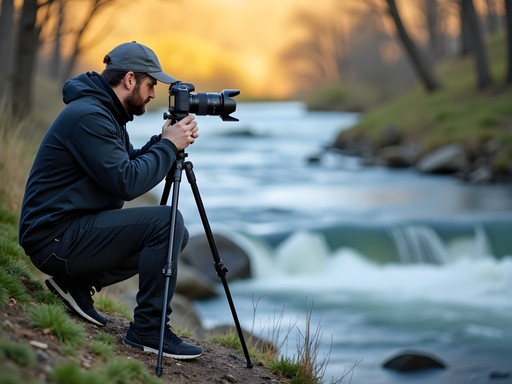


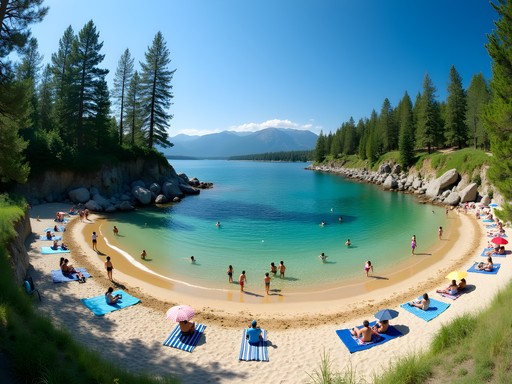







Comments
travelzone
I'm planning a photography trip but can't decide between spring and fall. Which season gives the best light for Post Falls? Also wondering if I need my tripod or if there are enough natural places to stabilize a camera?
globephotographer
Not OP but I've shot there in both seasons. Spring has amazing greens and the water flow is powerful. Fall has those golden colors but more predictable weather. Definitely bring a tripod for the river shots at dawn!
travelzone
Thanks! Spring it is then. Love capturing that rushing water.
Megan Martin
Christopher, thank you for highlighting the conservation aspect of photography in Post Falls. I visited last month for a business trip and extended my stay specifically because of how captivating the ecosystem is. The changing landscape you documented is something I noticed too - especially around the dam area. I participated in a local cleanup effort while there and met several photographers documenting the before/after. Have you connected with any of the local conservation groups? They're doing fascinating work with time-lapse photography to show erosion patterns. Your section on "Conservation Through the Lens" really resonated with my experience there.
travelzone
This is why I love this blog - always highlighting the conservation angle. Did you use any special filters for those water shots, Christopher? I struggle with glare when photographing rivers.
globephotographer
Love your photos! What camera setup did you use for those river shots? The clarity is incredible.
freeninja
Great post! I'm heading to Post Falls next month. Which spots would you say are absolute must-visits for a photographer with just one day?
Megan Martin
Not the author but I was just there last week! If you only have one day, definitely hit Q'emiln Park at sunrise and Falls Park in the late afternoon. The light on the water is magical!
freeninja
Thanks Megan! Adding those to my itinerary right now.
adventurechamp
These shots are incredible! What lens did you use for the wildlife photography? I'm heading there next month and debating what gear to bring.
Christopher Harris
Thanks! I primarily used a 100-400mm for the wildlife shots. If you're traveling light, even a 70-300mm will work well for most opportunities around the river.
adventurechamp
Perfect, that's exactly what I needed to know. Can't wait to capture some of those osprey!
springtime
Just got back from Post Falls last week and can confirm everything in this post! The morning mist on the river is magical for photos. We got up at 5am three days in a row and each sunrise was completely different. Pro tip: there's a small unmarked trail behind Treaty Rock Park that leads to an elevated viewpoint perfect for panoramas. Barely anyone was there even during peak hours. Christopher, your section on conservation really resonated - we could see evidence of the changing water levels affecting the shoreline vegetation.
tripfan
Any recommendations for budget accommodations that are close to the best photo spots?
mountainrider
We stayed at the Riverstone area Airbnbs last summer - affordable and just a short drive to all the main spots Christopher mentioned.
backpackway
Great post! Love the osprey shot.
dreamlife
Just got back from Post Falls and followed many of your recommendations, Christopher! The "Budget-Friendly Base Camp" section was super helpful - I stayed at that same riverside motel and the morning views were worth every penny. I spent three sunrises at Q'emiln Park and each one was completely different. The light on the water was magical. I also appreciated your notes on being respectful of the ecosystem while shooting. I noticed quite a few photographers trampling vegetation for "the perfect shot" which was disappointing. Your conservation section should be required reading for anyone visiting with a camera!
sunsetninja2110
Which trails at Q'emiln Park did you find best for morning light? Planning my first photography trip and could use the advice!
dreamlife
@sunsetninja2110 The Riverside Trail was my favorite for sunrise! Get there about 30 mins before actual sunrise to catch the best colors and bring a tripod for those long exposures of the water.
Sophia Gomez
Christopher, your post brought back memories! I was in Post Falls last year while on a business trip to Spokane and extended my stay specifically to photograph the area. The juxtaposition between the industrial history and natural beauty creates such a compelling visual narrative. I found staying at the Red Lion Templin's Hotel gave me perfect access to sunrise shots - I could literally roll out of bed and be shooting within minutes. For anyone planning a trip, don't miss Falls Park at sunset when the light hits the water just right. And bring your polarizing filter - absolute game-changer for those river shots!
Venture X
Premium card with 2X miles, $300 travel credit, Priority Pass